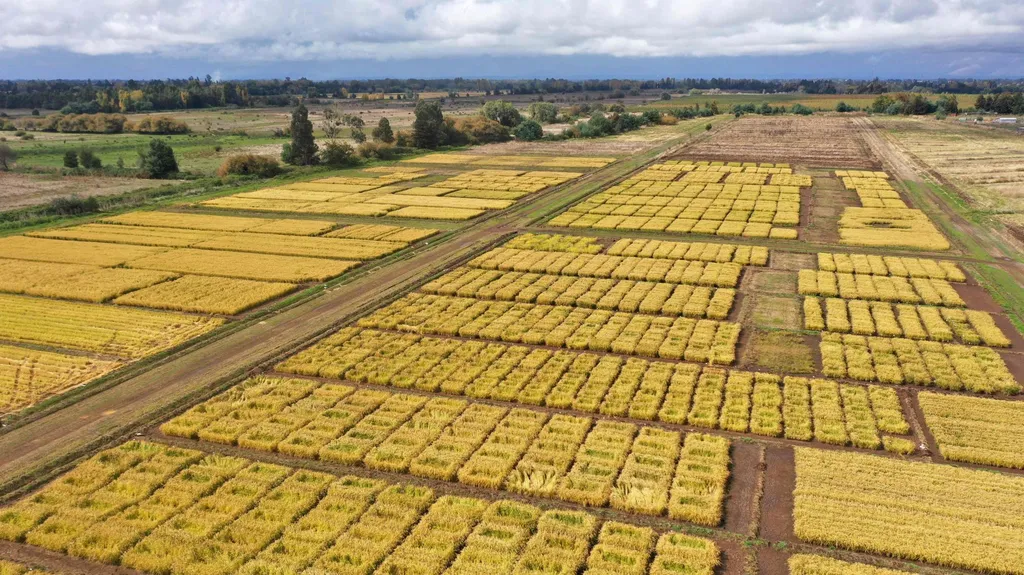In the heart of China’s Yunnan province, a groundbreaking study led by Dr. Jiahu Yang of the Sericulture and Apiculture Research Institute at the Yunnan Academy of Agricultural Sciences is unraveling the intricate mechanisms behind fruit abscission in Morus laevigata, commonly known as long-fruited mulberry. This research, published in the esteemed journal ‘Frontiers in Plant Science’ (translated as “植物科学前沿”), is not just a scientific endeavor but a potential game-changer for the agricultural and energy sectors.
Morus laevigata is a treasure trove of active components, making it a valuable crop for both nutritional and commercial purposes. However, fruit abscission—a process where the fruit detaches from the plant—has been a significant challenge for farmers. Understanding the biological mechanisms behind this process is crucial for breeding more stable and abscission-resistant cultivars.
Dr. Yang and his team delved into the morphological, transcriptomic, and metabolomic analyses of the fruit peduncles at the fruit set stage. They discovered that the abscission zone in abscising fruits exhibited enlarged intercellular spaces and disorganized cell arrangements. “This structural difference is a key indicator of the abscission process,” Dr. Yang explained. The team identified that genes and metabolites related to fruit abscission were primarily involved in plant hormone signal transduction and starch and sucrose metabolism pathways.
The study highlighted the pivotal role of auxin and abscisic acid as key regulators. These hormones modulate the expression of cell wall-degrading enzymes, facilitating cell wall loosening and degradation, which ultimately leads to fruit abscission. Additionally, alterations in energy metabolism were found to play a crucial role in this process.
The implications of this research are far-reaching. By understanding the physiological mechanisms underlying fruit development and abscission, breeders can develop more resilient mulberry cultivars. This not only benefits the agricultural sector but also has significant commercial impacts for the energy sector, as mulberry can be used for biofuel production.
Dr. Yang’s work is a testament to the power of multi-omics approaches in unraveling complex biological processes. As we move towards a more sustainable future, such research is invaluable in advancing modern agriculture and bioenergy production. “This study provides a theoretical foundation for future breeding programs and offers valuable insights into the sustainable advancement of agriculture,” Dr. Yang noted.
In the quest for sustainable energy solutions, the insights gained from this research could pave the way for more efficient and environmentally friendly biofuel production. By optimizing the growth and yield of mulberry crops, we can harness their full potential as a renewable energy source. This research not only sheds light on the intricate mechanisms of fruit abscission but also opens up new avenues for innovation in the agricultural and energy sectors.

